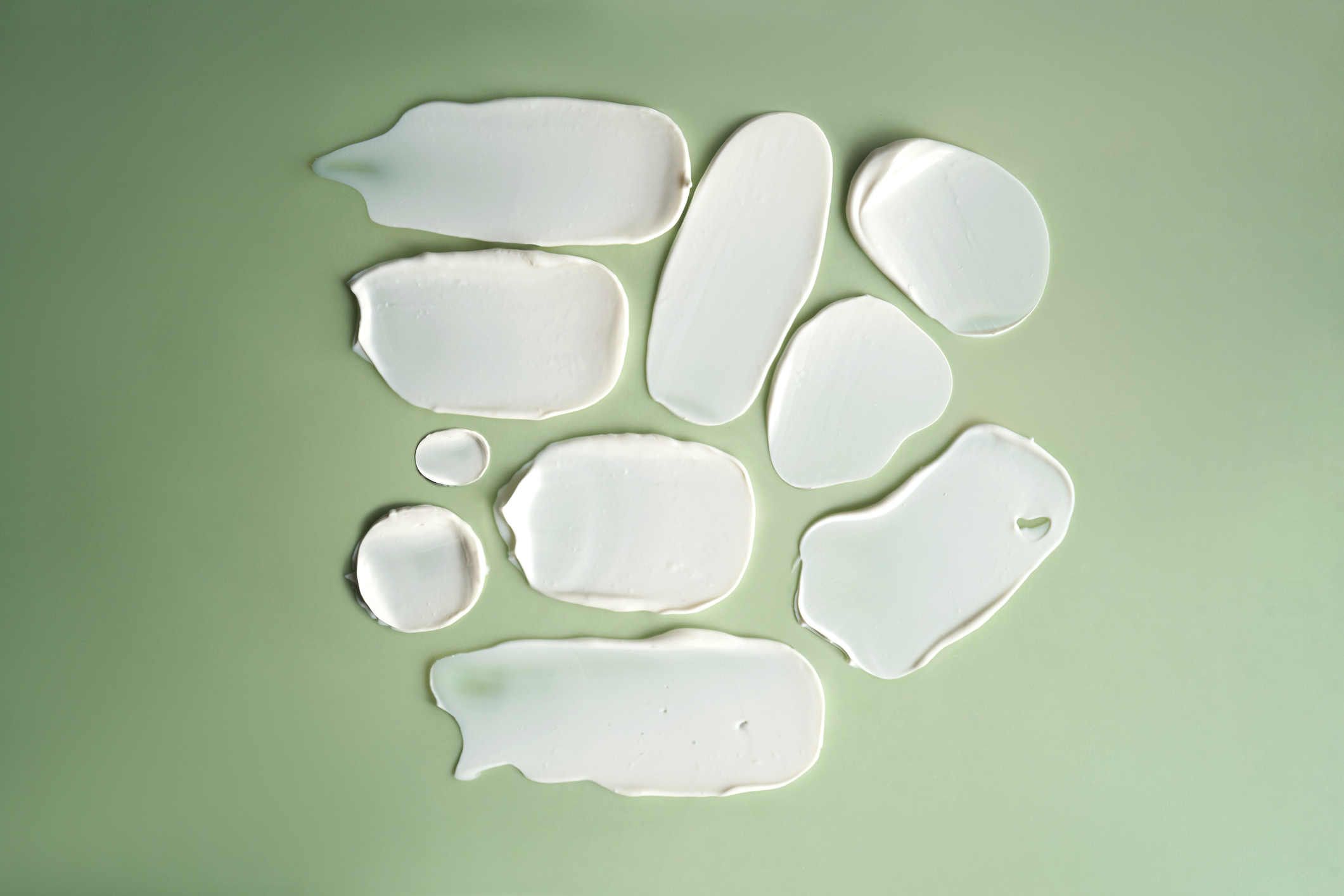
Sunscreen is an important way to protect people from skin cancer and other harmful effects of ultraviolet (UV) rays. But certain chemicals, or filters, in sunscreen have come under scrutiny lately for their potential impacts on the environment and human health. Most of the concern centers on ingredients in chemical sunscreens—like oxybenzone, avobenzone, octocrylene, homosalate, octisalate, and octinoxate—which absorb ultraviolet (UV) rays.
Physical, or mineral, sunscreens—which only include zinc oxide and titanium dioxide as active ingredients—are less of a safety concern for human health, since they block UV rays by sitting on top of the skin and deflecting them.
There are also concerns that oxybenzone and other sunscreen chemicals may cause coral bleaching and damage to aquatic life when they wash off and enter the water.
A report published Aug. 9 by the National Academies of Sciences, Engineering, and Medicine concludes that while people should continue to use sunscreen—and, indeed, use more of it more often—additional research is needed into several safety aspects of its active ingredients.
Here’s what the report says about sunscreen and what it means for human and environmental health.
Sunscreen is underused
Only about a third of people in the U.S. regularly use sunscreen, the report finds, although about 70 to 80% of Americans do use it when they’re at the beach. However, most sunscreen users don’t slather on enough—the American Academy of Dermatology advises using one ounce to cover the whole body—and often don’t reapply every two hours, as is recommended. Additionally, white Americans use sunscreen more often than people of color, who tend to have lower incidence of skin cancer than white people but are more likely to die from the disease.
Read More: The Safest Sunscreens to Buy—and Which Ingredients to Avoid
The best evidence available—obtained through large randomized controlled trials and longitudinal observational studies—shows that broad-spectrum sunscreen (meaning that it protects against both UVA and UVB rays) with an SPF higher than 30 reduces the risk of skin cancer, sunburn, and aging caused by sun exposure. However, sunscreen should be used in combination with other precautions, such as wearing hats, avoiding sun exposure during the hottest parts of the day, and seeking out shade.
There’s not enough research on safety
Scientists have not found toxic effects in humans that would outweigh the benefits of using sunscreen. But the authors of the report argue that more studies on safety are needed, since studies by the U.S. Food and Drug Administration (FDA) published in 2019 and 2020 found evidence that many chemical filters in sunscreen seep into the skin and can stay there for days. While this doesn’t necessarily mean that the chemicals are dangerous, some were found in the body in concentrations higher than the upper thresholds set by the FDA, beyond which safety studies should be conducted. Homosalate and oxybenzone, both of which absorb UV light, were above that level three weeks after application in one study. Some animal research has also raised concerns about UV filters, including changes to hormones and gene expression. The report’s authors also point out several gaps in human safety research; for instance, safety studies have not followed people over long periods of time, which means they can’t look at potential outcomes that may appear over time, such as cardiometabolic risk, risk of cancer, or fertility problems.
Overall, however, the weight of scientific evidence is firmly on the side of using sunscreen, the authors conclude. Scientific reviews that have examined various studies looking at the use of UV filters have found encouraging signs that the filters are safe for humans. The reviews have not concluded that concentrated levels of UV filters harm male or female fertility, female reproductive hormone levels, fetal growth, or children’s neurodevelopment. “To date, no levels of toxic effects have been found in humans that outweigh the benefits of these filters in reducing overexposure to [ultraviolet rays],” the authors write. “However, the authors all recognize substantial data gaps.”
The effects on other species also deserve more study
While scientists have examined how sunscreen chemicals affect certain species of plants and animals, data are lacking for many other important species, including corals, the authors say. They argue that there needs to be more testing of sunscreen ingredients’ toxicity levels in different sea creatures, especially in places that may be more vulnerable to exposure. These include coral reefs in shallow areas near places where humans do a lot of recreational activity, like swimming; in slow-moving freshwater environments where there’s also a lot of recreation; or in places that are exposed to wastewater.
How sunscreen works in the real world
The authors of the report argue that scientists need to learn more about the real-world effects of sunscreen chemicals on the environment. For instance, while some UV filters (including avobenzone, dioxybenzone, and octocrylene) have been shown to take a long time to biodegrade when they’re tested in labs, researchers should test how they accumulate in nature, such as by sampling organisms and the soil, the authors write.
Another priority should be testing how natural stressors like climate change and pollution interact with sunscreen chemicals that end up in the environment. The scientists say that there needs to be more research about what happens when ecosystems are under multiple kinds of stress at the same time, as well as what happens when UV filtering chemicals are combined with other threats, such as rising temperatures and contaminants.
More Must-Reads from TIME
- Cybersecurity Experts Are Sounding the Alarm on DOGE
- Meet the 2025 Women of the Year
- The Harsh Truth About Disability Inclusion
- Why Do More Young Adults Have Cancer?
- Colman Domingo Leads With Radical Love
- How to Get Better at Doing Things Alone
- Michelle Zauner Stares Down the Darkness
Contact us at letters@time.com